Category: Feature
-
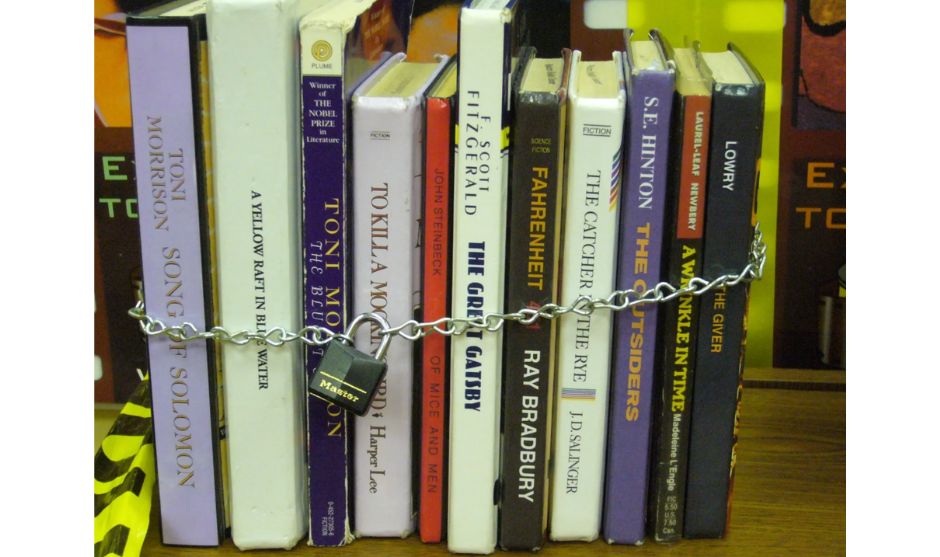
Celebrate Banned Books Week at the Library!
Banned books week (October 5 – 11, 2025), was established back in 1982 by the American Library Association’s Office for Intellectual Freedom in response to a rise in the number of challenged books in libraries, bookstores, and schools. The tradition has continued through to the present day in 2025. This year’s theme is Censorship Is…
-

IMC feature • Horror Films!
With the approach of All Hallows’ Eve, consider one of the many fine films in the horror genre to copilot your quasi-satanic celebration. Make it movie-size fun by checking out a projector, speakers, and screen from the IMC! These films include some pretty graphic depictions of violence. See IMDB descriptions and associated keywords for possible…
-
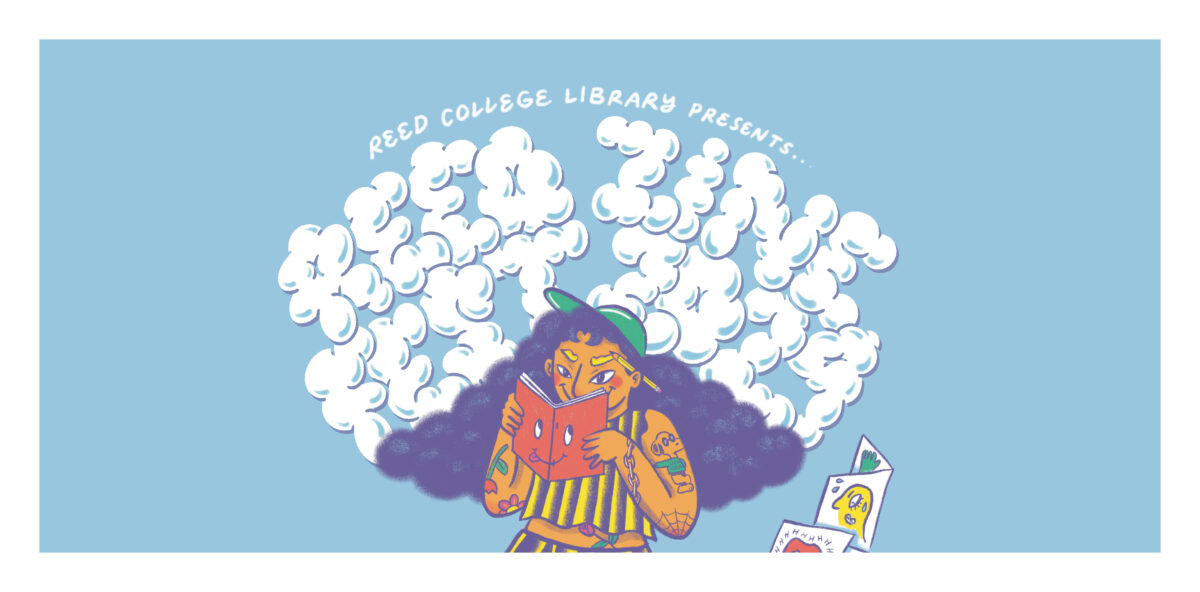
Zine & Arts Programs
Check out the zine and arts programs that lead up to the final event in 2024, the Reed Zine Fest! ANNOUNCEMENTS 📌 Masks are required for Reed Zine Fest. We are offering KN95 masks and a limited number of tests to attendees at the Zine Fest welcome desk.👉 Follow @reedzinelibrary for updates! 🎨 Reed Zine…
-

Have you ever wondered how or where you could get help with images on campus?
in FeatureWonder not – just head to the Visual Resource Center (VRC). It’s located below the main floor of the Reed Library, in Room 42. Not the IMC or the Language Lab, but an inconspicuous door right next to the seminar room. There you’ll find our team working behind the scenes, scanning and scouring museum collections…
-

Tales From the Archives: Oh, the Humanities!
By Ronan Battistoni There are few things more iconic to Reed College than Humanities 110. At its best, the course defines the Reed experience: intellectual rigor, lively classroom discussions, and a preference for thoughtful feedback over grades. It is also one of the places where the conflict between Reed’s left-leaning student body and the institution’s…
-
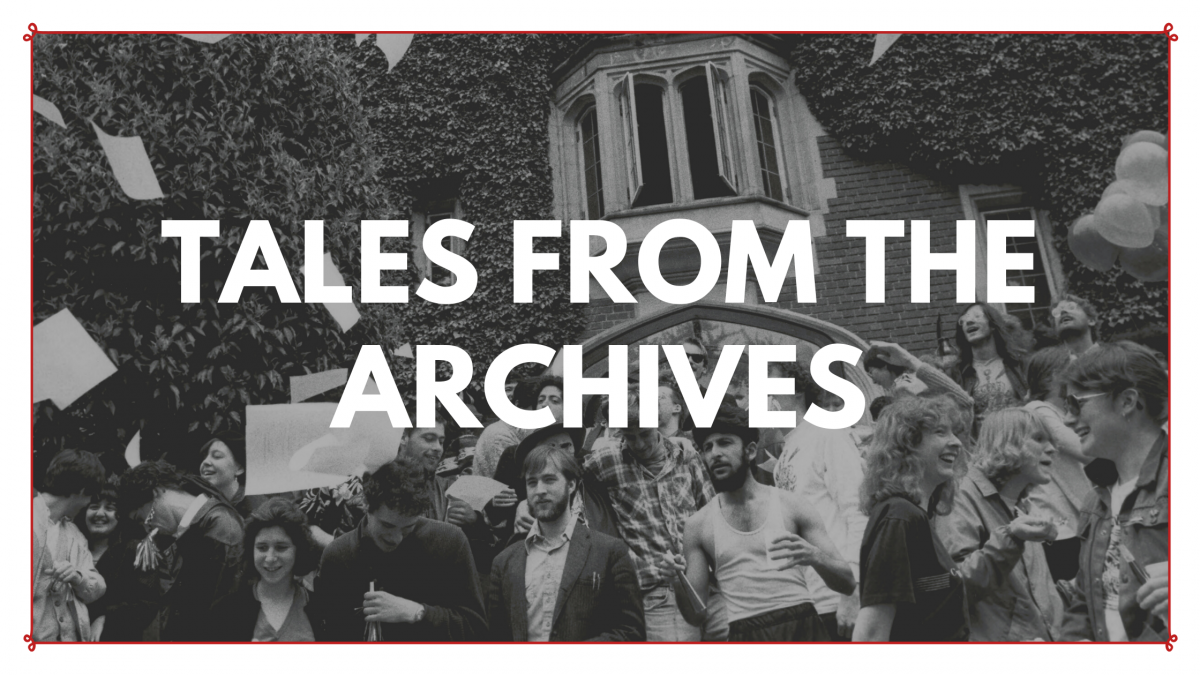
Tales from the Archive: The Big Debate: Graffiti at Reed, 1980-2021
Graffiti at Reed has been a contentious debate for the past four decades amongst both students and faculty. Some have viewed it as a valuable expression of free speech and student autonomy. Others have considered its presence a nuisance, one that degrades the college’s quality and reputation. Most of Reed’s graffiti has taken on a…
-

Tales from the Archive: Divestment and the Occupation of Eliot Hall
In a recent email to the campus community, President Audrey Bilger and Chairman of the Board of Trustees Roger Perlmutter declared that Reed would “prohibit any new investments in public funds or private partnerships that are focused on the oil, gas, and coal industries, including infrastructure and field services… [and] phase out all such existing…
-

2020 Census talk with Se-ah-dom Edom of We Count Oregon
SEEDS, We Count Oregon, and the Reed Library collaborated to create a series of videos to discuss the 2020 Census with We Count Oregon, whose primary focus is to enumerate folks from hard to count communities. Check out the videos: Introduction (Se-ah-dom Edmo) (1 of 4) On Hard to Count Communities (Se-ah-dom Edmo) (2 of 4)…
-
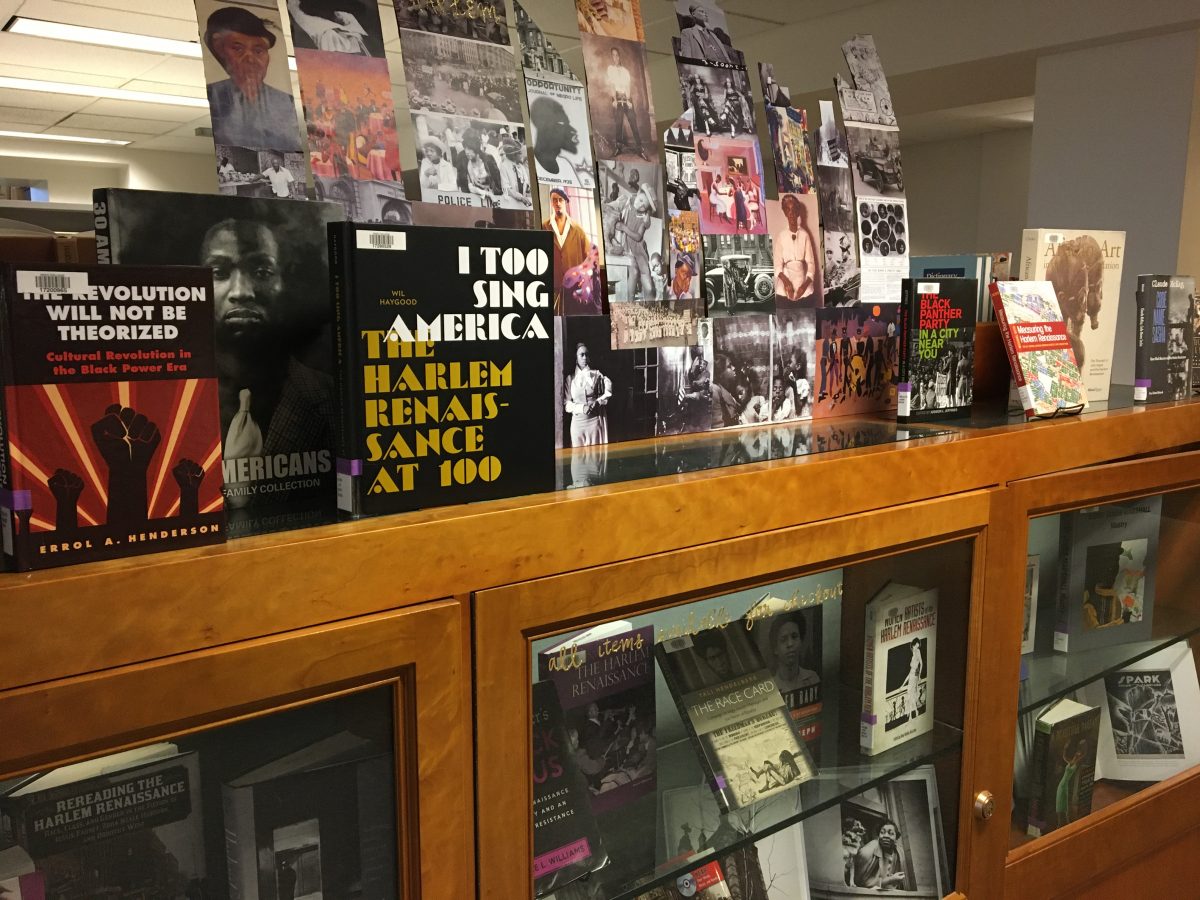
Echoes of Harlem
There’s a time travel portal next to the reference desk. 1920s and 1930s Harlem NYC was a time when African American arts and culture flourished. Jazz music from Billie Holiday and Louis Armstrong could be heard floating from Harlem nightclubs. Painters such as Jacob Lawrence and Archibald Motley chronicled the daily lives of African Americans.…
-
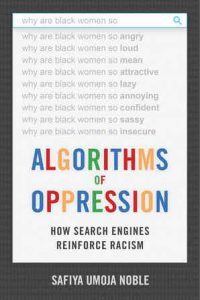
Save the date: Algorithms of Oppression
Join us for Black Celebration Month: Algorithms of Oppression Thursday February 20, 2020 at 6:30pm Vollum Lecture Hall Safiya Umoja Noble is an associate professor at the University of California, Los Angeles in the departments of information studies and African American studies. She is also co-director of the UCLA Center for Critical Internet Inquiry. Safiya…
